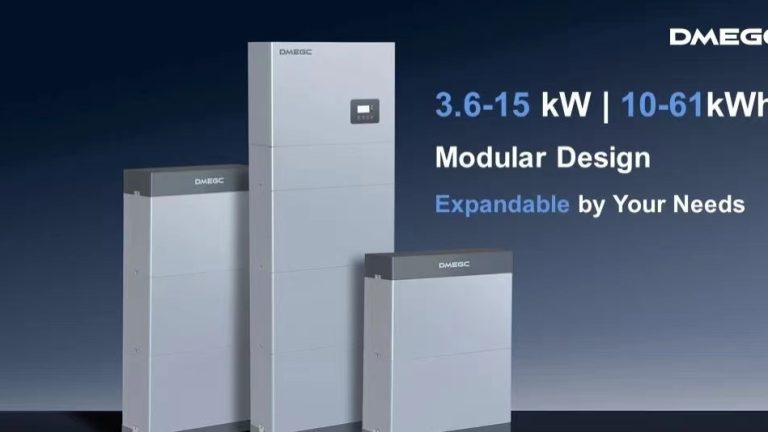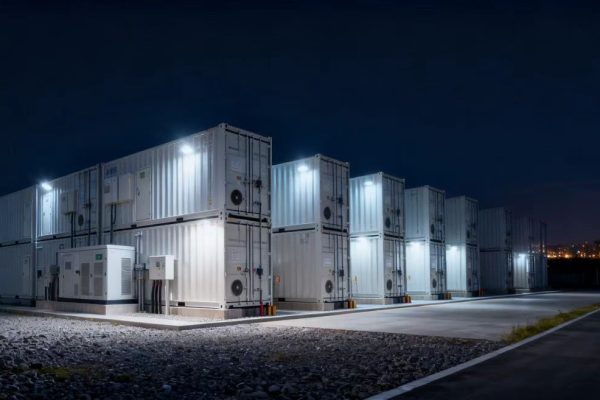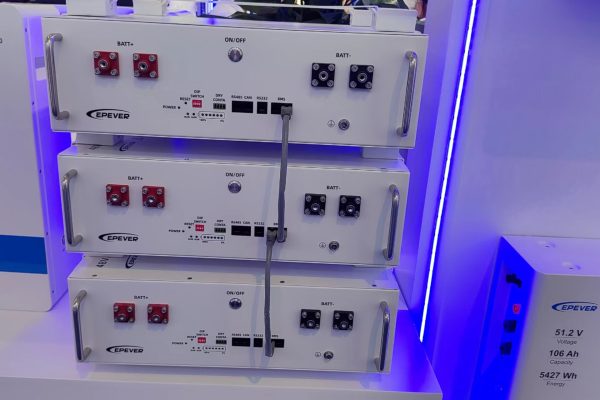Maximizing System Performance and Client Satisfaction for Integrators and Exporters
As commercial energy storage systems (ESS) grow in size and complexity, integrating effective monitoring platforms becomes essential. For small and medium-sized installers and system integrators, providing reliable, real-time system monitoring not only helps optimize performance but also builds client trust and streamlines after-sales service.
This article explores the key considerations, benefits, and best practices for integrating monitoring platforms into commercial ESS projects, especially in export and SME markets.
Why Monitoring Matters in Commercial ESS
Unlike residential systems, commercial ESS typically involve:
- Multiple battery strings or modules
- Hybrid inverters supporting diverse energy sources
- Complex control and safety parameters
- Remote sites with limited on-site technical staff
Without robust monitoring, issues such as battery degradation, inverter faults, or energy mismanagement can go unnoticed until costly downtime or failures occur.
Key Benefits of Monitoring Platform Integration
1. Real-Time System Visibility
Clients and integrators can track state of charge (SOC), power flow, voltage, temperature, and more — enabling proactive maintenance.
2. Performance Optimization
Data analytics help identify efficiency bottlenecks and improve energy management strategies for better ROI.
3. Remote Diagnostics and Support
Integrators can remotely troubleshoot and adjust system parameters, reducing costly site visits.
4. Regulatory Compliance and Reporting
Automated data logging supports reporting requirements for grid operators or government incentives.
Choosing the Right Monitoring Platform
When selecting a monitoring solution for commercial ESS, consider:
- Compatibility: Support for your inverter and battery brands, and communication protocols (RS485, CAN, Modbus, TCP/IP).
- Scalability: Ability to handle multiple system sizes and locations with centralized dashboards.
- User Interface: Clear, accessible web or mobile apps for both installers and end-users.
- Data Security: Encrypted connections and secure cloud storage, especially for export markets.
- Customization: Flexible alerts, reporting, and API integration with third-party software.
Common Challenges and Solutions
Challenge: Integration Complexity
Different manufacturers may use proprietary protocols, causing communication failures.
Solution: Use open protocol platforms or middleware that standardizes data from various devices.
Challenge: Network Connectivity
Remote or industrial sites may lack stable internet or WiFi.
Solution: Employ 4G/5G cellular gateways or local data loggers with batch uploads.
Challenge: Data Overload
Too much raw data can overwhelm users and obscure critical alerts.
Solution: Implement intelligent dashboards that highlight actionable insights and abnormal events.
Best Practices for Integrators and Exporters
- Pre-configure monitoring parameters before shipment to reduce onsite setup time.
- Train clients on platform use and benefits to boost engagement and trust.
- Provide clear documentation on troubleshooting and remote support channels.
- Offer tiered monitoring packages (basic to advanced) tailored to client budgets and needs.
- Regularly update firmware and platform software to maintain compatibility and security.
For commercial ESS projects, integrating a robust monitoring platform is no longer optional — it’s essential for maximizing performance, minimizing downtime, and enhancing customer satisfaction. For small and medium-sized installers, leveraging monitoring solutions as part of your service package can differentiate your offering and drive repeat business, especially in export markets where remote support is key.
If you want assistance selecting or customizing a monitoring platform, or crafting client training materials, feel free to ask!









